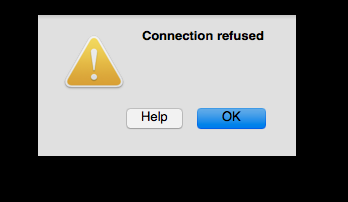Finer Choices in the Best Remote Desktop Connections
Using remote access to the network, employees who are on sick leave, on a business trip, or otherwise absent from the office, can fully participate in the work process. In addition, this service allows you to get all the necessary information to customers and business partners of the company if necessary.
Most often, remote access to databases 1C, Best, Galaxy, etc., working documents, mail, printers, faxes, as well as other files and equipment are configured. There are many options for organizing remote access to the work network, but some of them are especially popular. You can Read More and come up with the best deals now.
Terminal Servers (Rdp)

This method is very popular, as it is one of the most convenient. It consists in the fact that a special server is installed in the head office of the company, which provides and monitors the simultaneous connection of several dozens, and sometimes hundreds of users to the network, and specialized software is installed on the workers’ remote computers.
As a result, employees who are not in the office receive full access to all necessary resources, programs, applications and information bases. Despite the minimum requirements for the functionality of the Internet channel, this type of remote connection does not reduce the speed of work.
Advantages and disadvantages of a terminal server
Vpn Connection (Virtual Network): This type of connection involves a secure VPN tunnel connecting a remote employee’s computer to the company’s central office. Such a connection not only connects the user to the terminal server but also allows you to get full access to programs and equipment as if the employee was personally present at the office.
A VPN tunnel requires a rather complicated setup and needs a wide Internet channel. This type of connection is most often used to provide access to the network to employees working with specific software that cannot be installed on a terminal server, for example, client banks. A VPN connection can be organized not only for individual employees but also for communication between offices.
Remote Desktop Protocol technology allows you to remotely connect to the computer desktop. Initially, RDP is a server technology, but Microsoft, seeking to please its users, starting with Windows XP began to include Remote Desktop in all client’s OSs. The latest version of the client OS, Windows 8, was no exception.
Remote Desktop is available in the following versions of Windows 8:
- Windows 8 Enterprise
- Windows 8 Professional
In order to use RDP in the basic (core) version of Windows 8, you will have to upgrade the OS to the Pro version. By default, for security reasons, remote access to the Windows 8 desktop is closed, in this article we will discuss several ways to enable remote desktop on Windows 8 clients.
How to enable Remote Desktop in Windows 8 from the GUI
The easiest and most familiar way to enable RDP is to use the Windows GUI. This operation must be performed under an account with local administrator rights. Launch the System management console. You can find it in the Control Panel, or in Explorer, right-click on the Computer icon and select the Properties menu. Open the Remote Connection Settings window by clicking on the Remote Settings link in the left column.

